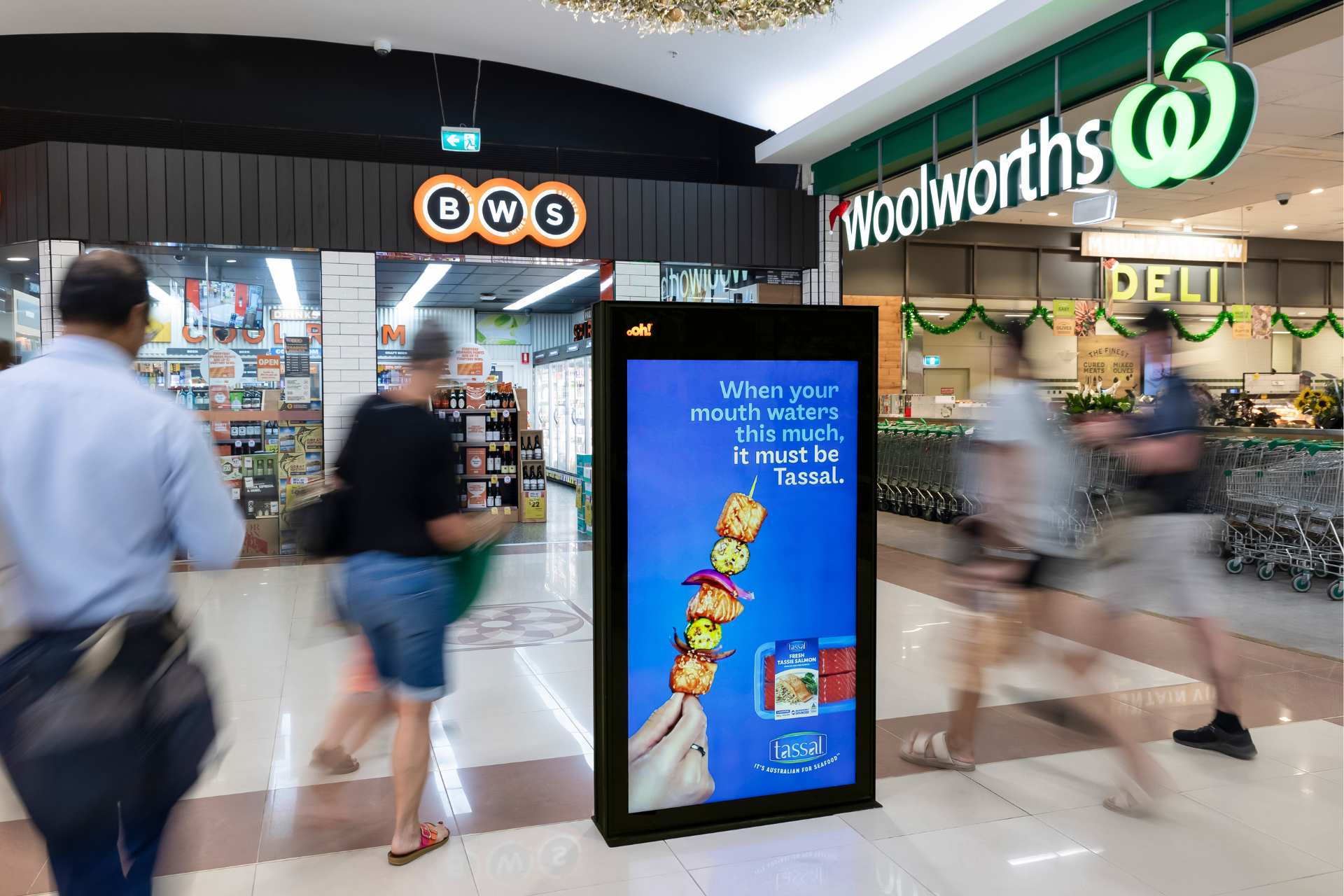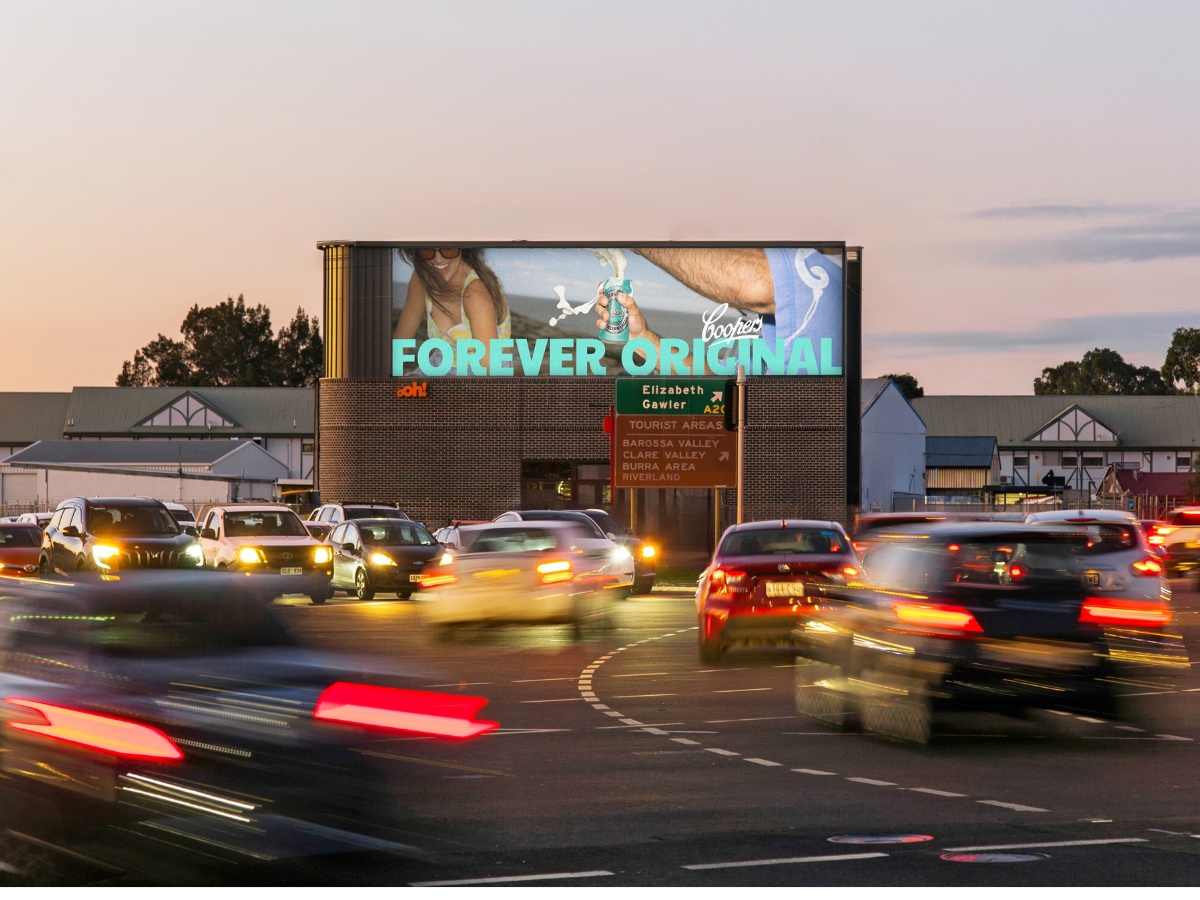
Great Out of Home drives results
Measuring the performance of your investment is more important than ever. From brand uplift to sales objectives, we use over 25 metrics to measure outcomes of your data-driven campaigns throughout the whole funnel, providing the most robust campaign planning and reporting in the sector.
Out of Home is the only channel where both media spend and ROI are growing
Analytic Partners, Australian norms 2005-2024




Planning
Use world-leading data platforms to plan to audience, engage at location, and chart campaign performance.


Reporting and attribution
Partnering with data leaders to measure outcomes across over 25 metrics. Utilising transactional data powered by Coles 360 and Westpac DataX, precisely measure performance with data directly attributable to your campaign.
Harnessing data from Coles 360 and Westpac DataX to drive campaign success:

Analytic Partners
Market mix modelling offers the most holistic approach to measuring marketing impacts for brands
The latest study represents the 5th with global data and analytics firm Analytic Partners, with aim to tap into the growing role of Out of Home in the media mix
MOVE
MOVE (Measurement of Outdoor Visibility and Exposure) is Australia’s advanced audience measurement system for Out of Home (OOH) media. It encompasses digital, regional and place-based audiences, including market visitors. The system also factors in monthly, seasonal, and hourly audience variations.

